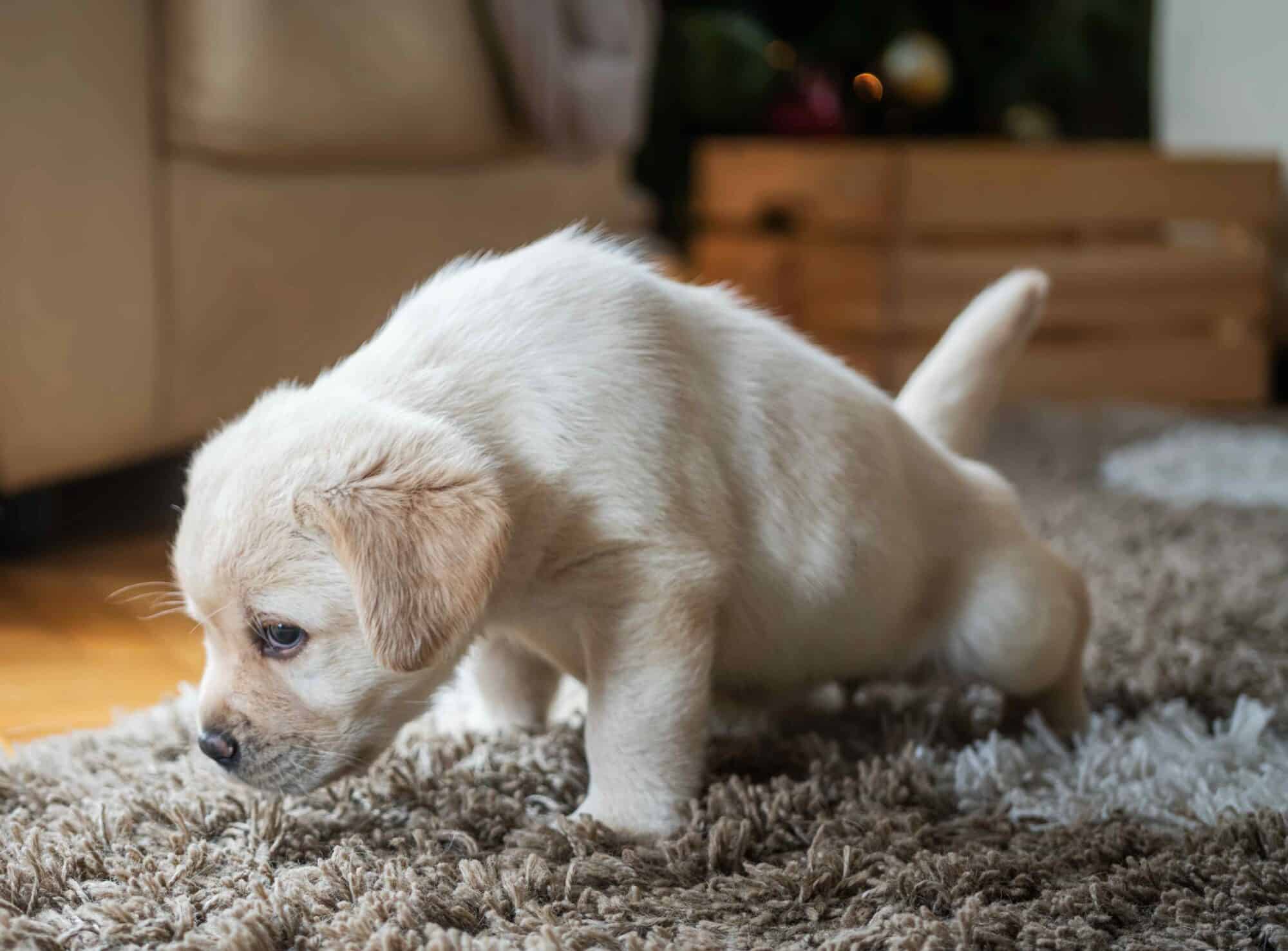The Perfect Puppy Pupil: Techniques for House Training Your Dog

If you are like most dog owners, it takes patience, time, and repetition when you begin to train a puppy or even an adult dog. The challenges of cleaning up accidents, the constant struggle to redirect your pet from spraying the couch, and the ongoing time and skills to teach basic commands are the things that you deal with. Without a doubt, house training your dog is not for the faint of heart!
But once you and your pet have established the basics of house training, the positive effects can last a lifetime. This is why your team at Rocklin Ranch Veterinary Hospital wants to give you the tools and techniques for house training your dog. Let’s begin!
The Crate: Your Friend in Training
Crate training your dog is one of the best tools you can choose as they learn how to potty outdoors. Confinement keeps your pet from exploring and doing their business all over the house. When you give your pet rewards in the crate, such as meals and treats, this reinforces the positive link between being in the crate and a reward. It’s also a good place for your pup to sleep at night, as it gives them a sense of security.
Wherever you cannot observe your pet closely, keep them in a crate that is big enough to move around but cozy enough to feel like it is their home. Add toys and a Nylabone or Kong to keep them occupied. Take your pet out frequently to the yard to relieve themself and stretch.
Let the House Training Begin!
Remember that pets rely on routine and consistency. Feeding your pet at a certain time in the morning and evening helps them establish when they need to also go outside. If you keep the food bowl full all the time, your pet will naturally have to go all of the time. Get them on a schedule.
Some tips on teaching your pet to potty outdoors:
- If your pet has an accident, use the odor to your advantage. Take the rug or other item where your pet peed or pooped outside to the correct potty spot. Allow your pet to smell the odor there, so they understand that’s the potty spot.
- Take your pet out often. If you have a puppy you are training, expect to take them out every 30-45 minutes, and right after they eat or drink. An older pet also needs frequent outdoor visits, going out once an hour or more.
- Supervise your pet. Keep your pet next to you or crated. If you notice them sniffing or circling, take them out. Exclaim “outside” or “potty outside” and take them directly to their spot in the yard.
- Praise them verbally and offer a reward. As soon as your pet does their business in the right place, give them a treat and verbal praise. Make a big deal of it. After all, they did a great job!
- Consider using clicker training. Clicker training relies on an inexpensive, plastic clicker that emits a clicking sound when you press down. Use the clicker at the same time you give your pet a treat to enforce that positive association. Over time, the clicker can be reward enough, therefore you no longer need to give your pet those extra calories.
- Expose your pet to different surfaces. As your pet learns to go outdoors, take them on a walk. See how well they do when pottying on the leash, on concrete, sand, and other scenarios. Give them the opportunity to explore and learn where they can go.
- Reward never punish. It’s important to redirect your pet after an accident and ignore it. Do a very thorough clean of the spot using an enzyme-based cleaner, since you don’t want a repeat accident. Continue to focus on the positive reward training, rewarding each time your pet goes to potty where they should.
We know that potty training a puppy or adult dog can be hugely challenging, but in the end, you and your pet will reap the rewards of being well trained. For more information about house training your dog, or to schedule an appointment, please contact our team.

